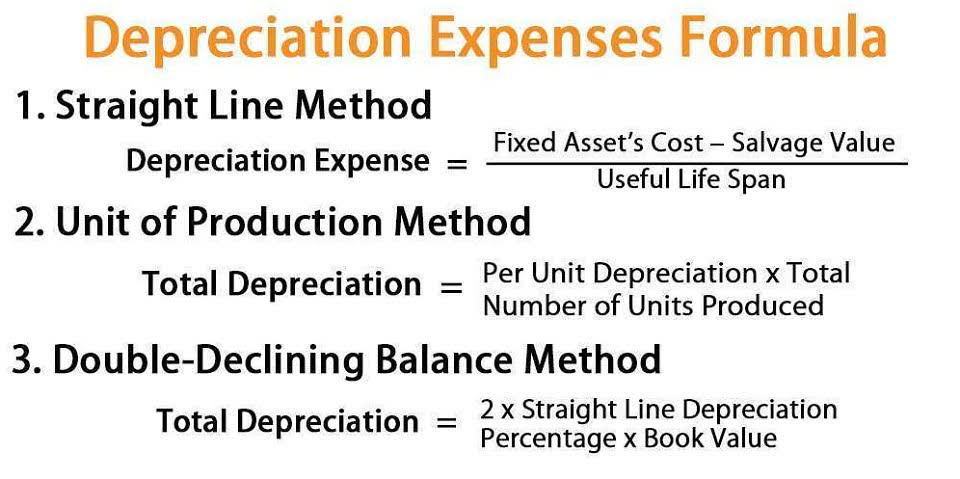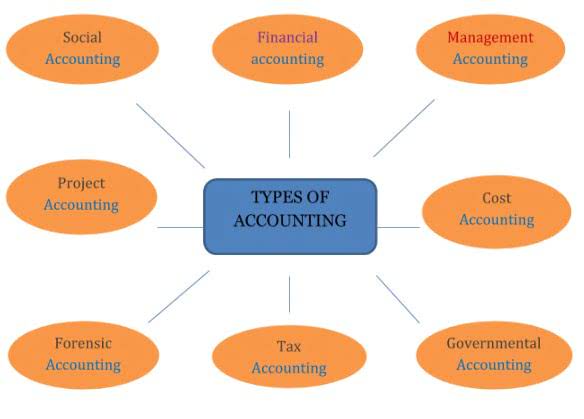
Contribution margin analysis is a valuable tool for monitoring financial health over time. By tracking changes in contribution margins alongside key performance indicators, businesses can quickly identify trends, spot emerging challenges, and capitalize on opportunities. This proactive approach to financial management enables timely interventions to steer the company toward its economic objectives. A contribution income statement shows what revenue is left after you’ve subtracted the variable expenses. Give an example of how a manager can increase variable costs while decreasing fixed costs.

Interested in a product Demo?
It’s used in making big decisions, like how to price products and how much needs to be sold to keep the business healthy. This information is often shared in income statements for external review, showing how the business is doing overall. Traditional statements calculate gross profit margin, which is determined by subtracting the cost of goods sold (COGS) from revenue. Contribution format statements produce a contribution margin, which is the result of subtracting variable costs from revenue. Variable costs are less than COGS, which also may include fixed and variable costs, so a business’s contribution margin is usually higher than its gross margin. Sunset Travel Agency specializes in flights between Toronto and Jamaica.

Analyzing Net Profit Margin
- Shaun Conrad is a Certified Public Accountant and CPA exam expert with a passion for teaching.
- The contribution margin excludes fixed overhead costs, whereas COGS usually includes some overhead as part of direct production costs.
- It’s important for the CEO and others to know this so they can make smart decisions about prices and costs.
- After covering fixed expenses (e.g., rent, salaries), the net profit is $25,000.
- EBITDA focuses on operating expenses and removes the effects of financing, accounting, and tax decisions.
Conversely, a lower contribution margin ratio may indicate a significant portion of sales revenue is consumed by variable costs, leaving less to cover fixed costs and contribute to profit. This could prompt businesses to reassess their cost structure, pricing strategies, or operational efficiency to improve profitability. Unlike a traditional income statement, the expenses are bifurcated based on how the cost behaves. Variable cost includes direct material, direct labor, variable overheads, and fixed overheads. under the contribution income statement, a companys contribution margin will be It does not matter if your expenses are production or selling and administrative expenses.
What is a contribution margin income statement?
- Variable costs include things like materials and sales commissions that a business spends money on every time it sells a product.
- In fact, Coca Cola’s assembly line only requires one employee to run the filling station that fills more than 2,000 soda cans a minute.
- A contribution income statement is an income statement that separates the variable expenses and fixed costs of running a business.
- Gross revenue is the total money earned from selling something, like all the money from selling lemonade in a day.
- It cost Apple around $526 to manufacture the iPhone 13, which sold for $800.
You don’t need to spend this money to create the product, but it is still included in the cost of making a sale. Discover how FP&A and finance teams are turning insights into impact. There are a https://los-barquitos.com/bookkeeping/how-much-do-retainers-cost-your-guide-to-pricing/ few different types of contribution margin formulas you might want to use. We’ve tailored this guide for finance professionals hoping to deepen their understanding of this tool and leverage its benefits for more informed decision-making. My Accounting Course is a world-class educational resource developed by experts to simplify accounting, finance, & investment analysis topics, so students and professionals can learn and propel their careers.

The company would like to achieve a margin contribution margin of safety percentage of at least 45 \% The company’s current fixed costs are 400,000 and variable costs average 2,000 per marketing plan. The key difference in income statement presentation between the contribution approach and the traditional approach is that the contribution approach shifts all fixed production costs further down in the income statement. Also, if there are any variable expenses among the selling and administrative expenses (such as commissions), they are moved up in the income statement, where they are included in the calculation of the contribution margin. A contribution income statement is a powerful tool in accounting and finance, providing valuable insights into a company’s financial performance.
